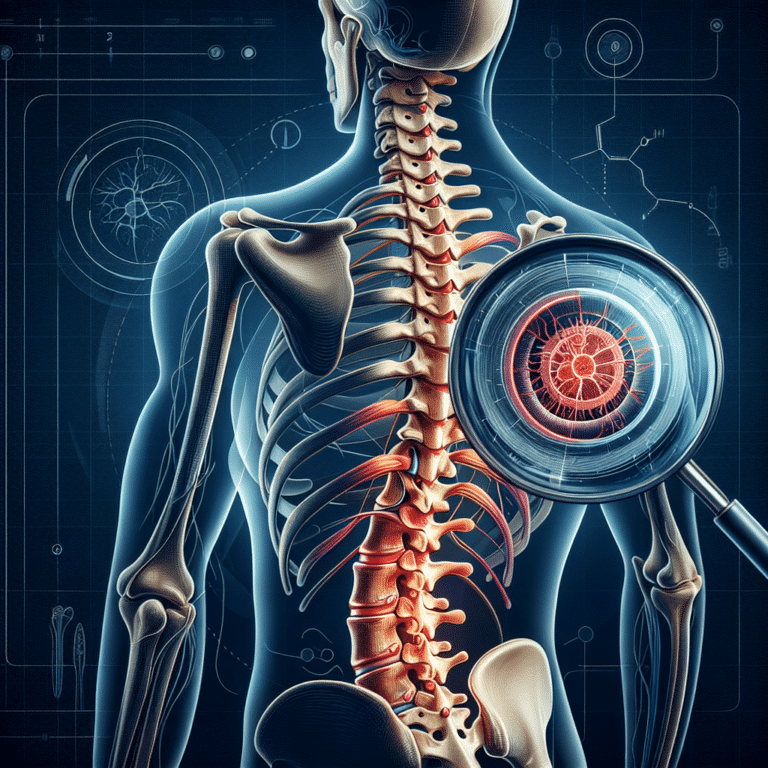Summary
- Surgery for C7 radiculopathy showed the highest improvement postoperatively, while C8 radiculopathy had the lowest improvement.
- Arm numbness was more likely to persist after surgery compared to upper back and neck numbness.
- The C8 radiculopathy group had inferior postoperative outcomes compared to the C5-7 radiculopathy group.
- Improvement in neck and arm pain did not reach minimal clinically important difference in the C8 radiculopathy group.
- Surgical outcomes for C8 radiculopathy may be subpar due to distance from nerve root damage to the hand and anatomical differences in surgical difficulty level.
Are you or someone you know suffering from neck or arm pain? A recent study has shown that surgery can greatly improve the symptoms of cervical radiculopathy, a condition that causes pain and numbness in the neck and arms. The study found that 85.5% of patients experienced improved symptoms one year after surgery.
Interestingly, the study also revealed that patients with C8 radiculopathy, which affects the nerve root at the bottom of the neck, had poorer outcomes compared to those with C5-7 radiculopathy. Patients with C8 radiculopathy were less likely to see improvements in arm pain and upper back pain after surgery.
The study also highlighted the challenges in treating C8 radiculopathy, as the nerve root affected is located further away from the hand, where nerve signals are transmitted. This distance may contribute to slower recovery and less satisfactory outcomes compared to other nerve root-level diseases.
Overall, the study provides valuable insights for both patients and surgeons. Patients considering surgery for cervical radiculopathy should be aware that while surgery can improve pain in the neck and upper back, numbness in the arms may persist. Understanding these potential outcomes can help patients make informed decisions about their treatment.
Source link
Neurology, Orthopaedics


